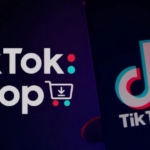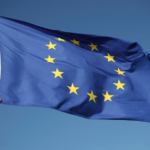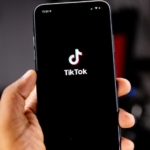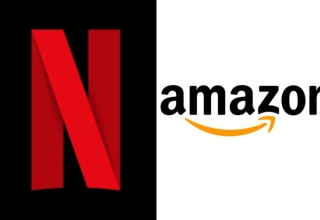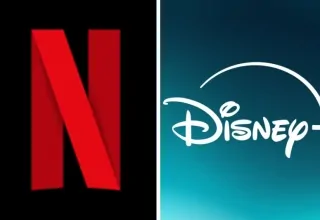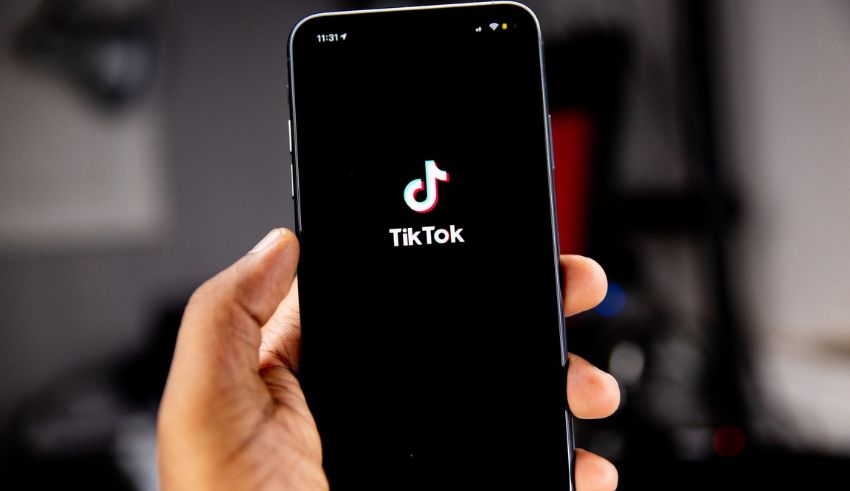
Last updated on October 20th, 2023 at 09:28 pm
In the vast realm of social media, where ideas and information flow freely, the responsibility of platforms to combat misinformation has never been more critical. The recent tussle between TikTok and the European Union (EU) brings this issue into sharp focus. It’s a tale of how tech giants navigate the ever-changing landscape of accountability and user safety.
A Stern EU Warning
The EU’s message to TikTok was clear and unambiguous. Shou Zi Chew, TikTok’s top honcho, received a figurative tap on the shoulder from the EU, urging swift and comprehensive action to curb misinformation. TikTok had a mere 24 hours to explain how it was complying with European law.
With the tragic events surrounding the Hamas attack on Israel, the online world witnessed an alarming surge of misinformation. Doctored images and mislabeled videos flooded the internet, prompting the EU to act. TikTok, a favorite among the youth, became a focal point for scrutiny.
TikTok Springs into Action
TikTok didn’t waste any time in responding to the EU’s call. The platform swiftly removed content and accounts that ran afoul of the rules. It rallied its troops, allocating resources and personnel to ensure the safety and integrity of its online community.
Keep Reading
TikTok’s response was more than just a reactive cleanup operation. It showcased a proactive approach to tackle the issue. A command center was established, and automated systems were fine-tuned to detect and eliminate graphic and violent content. In a bid to bridge language barriers, TikTok recruited moderators fluent in Arabic and Hebrew.
The message from TikTok was loud and clear: no room for extremism. The platform made it abundantly clear that it would not tolerate content that promotes violence or endorses extremist organizations. Acts of terror and the unfolding humanitarian crisis in Gaza left TikTok shocked and deeply saddened.
EU’s Regulatory Reach
The EU’s Digital Services Act (DSA), unveiled in August 2023, ushers in a new era of online regulation. It mandates that platforms with over 45 million EU users proactively eliminate illegal content and demonstrate their ability to do so. The EU wields a range of tools, from interviews and inspections to fines and temporary bans, to enforce compliance.
In this intricate dance between tech giants and regulatory bodies, the TikTok-EU face-off represents a pivotal moment. It’s a reminder that in the digital age, the quest for truth and user safety is an ongoing journey, one that tech platforms like TikTok must navigate with care.
